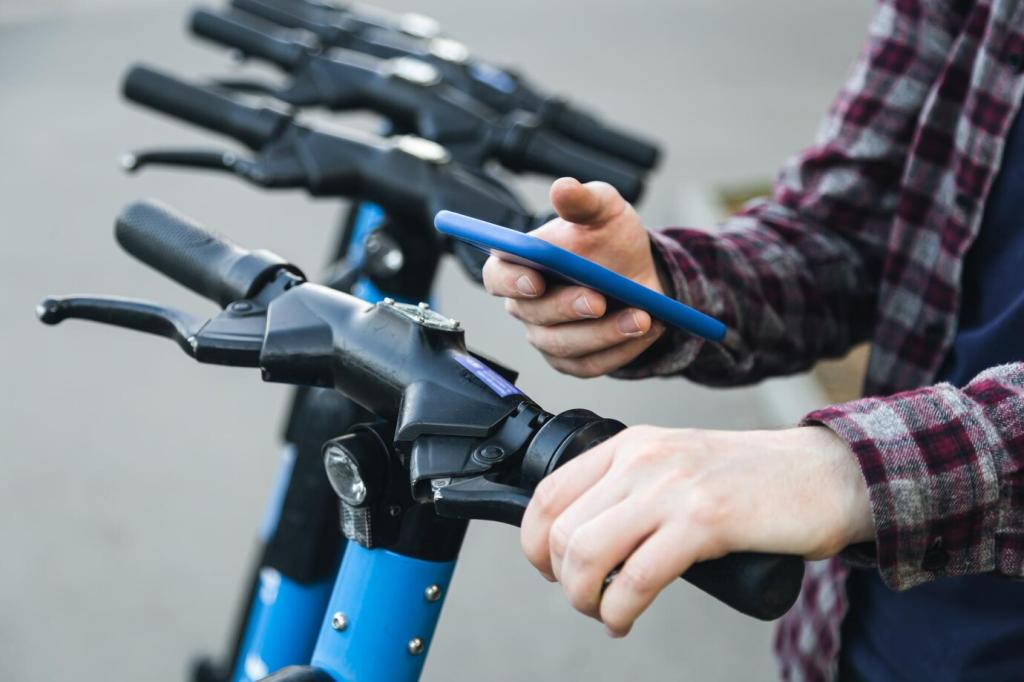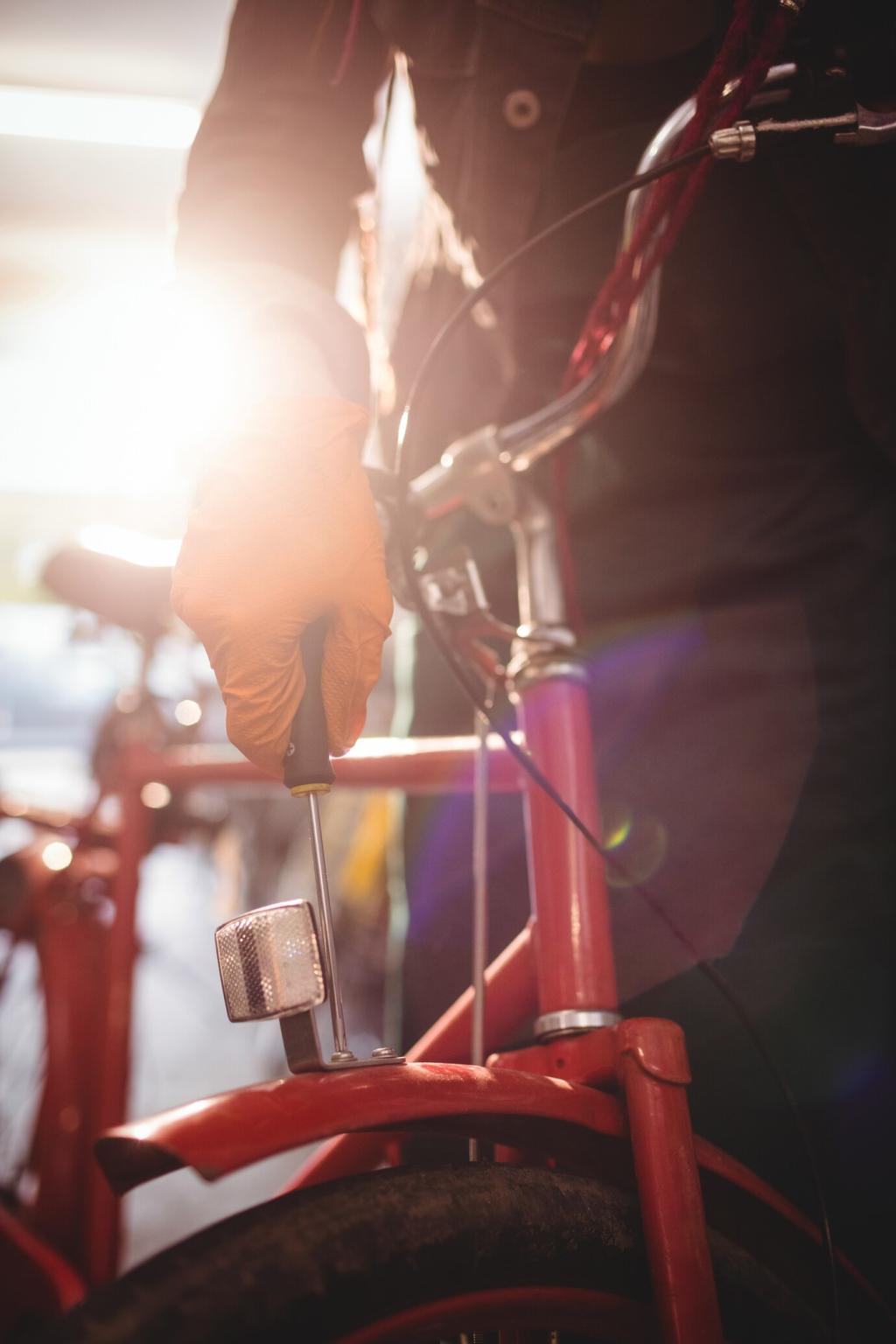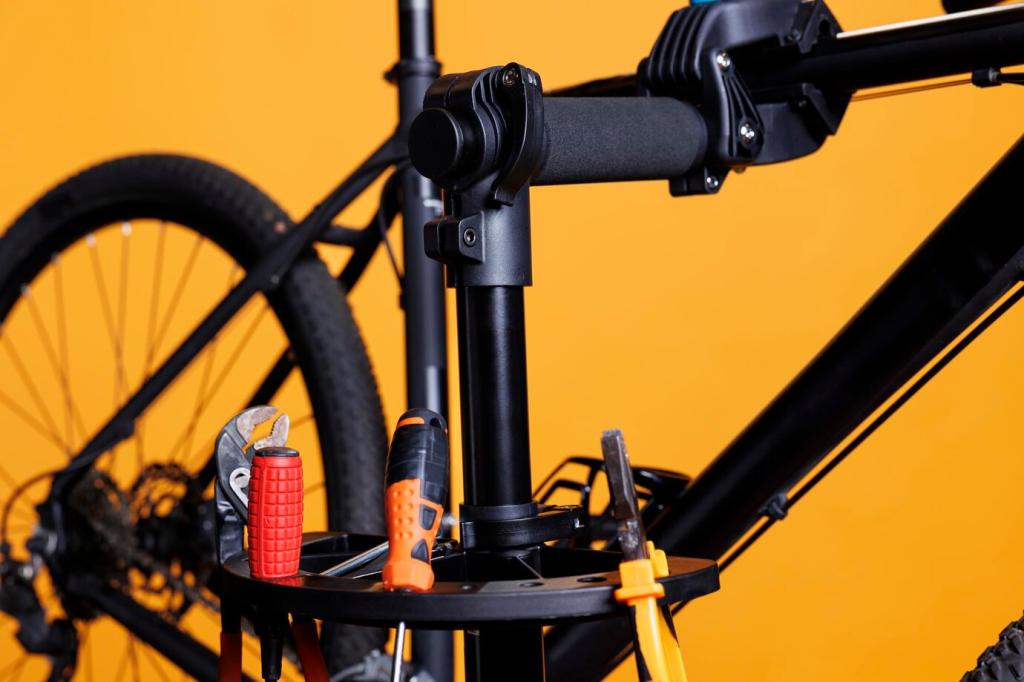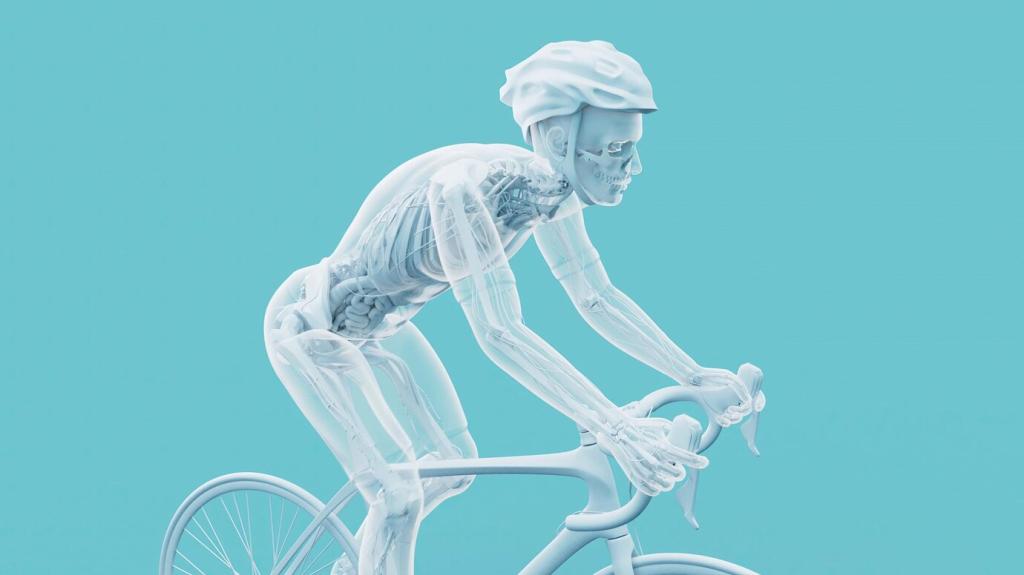Reinvented Helmets: Rotational Protection and Smart Alerts
Beyond basic foam, modern helmets integrate rotational protection layers that allow tiny controlled slips during angled impacts, reducing rotational forces linked to brain injuries. These systems add minimal weight, preserve ventilation, and can make a measurable difference in real falls. What rotational tech are you running today, and have you noticed changes in comfort or fit over long rides?
Reinvented Helmets: Rotational Protection and Smart Alerts
Helmet and head-unit sensors can detect abrupt decelerations, verify movement, and text your emergency contacts with your GPS coordinates if you fail to respond. A friend’s mountain rescue was sped up when his helmet sensor auto-alerted after a concealed trail-side crash on a foggy ridge. Would you enable auto-alerts, and who is on your emergency contact list?




